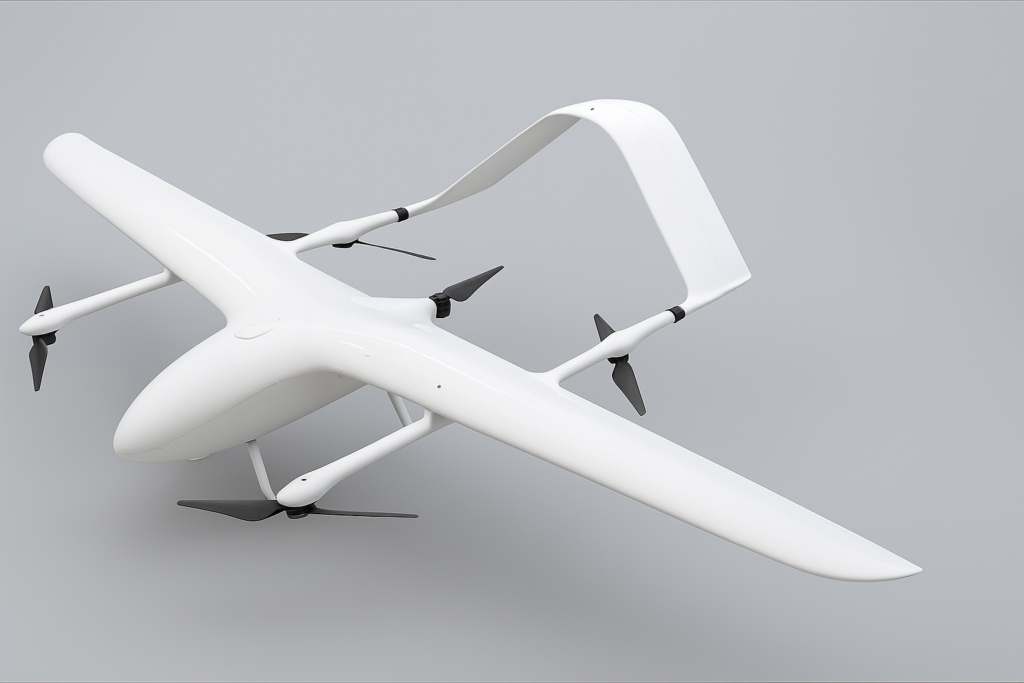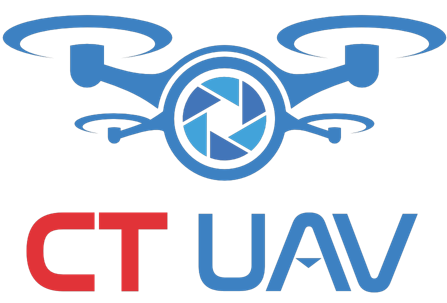UAV for environment protection can easily and quickly monitor air quality, water quality, animal and plant ecological environment, and pollutant emissions by carrying different equipment on the drone.
CT UAV’s forestry UAV models are equipped with a range of advanced features:

Product: VTOL 4.4m (illustrative image)
| Structure | Fixed-wing aircraft with vertical takeoff and landing (eVTOL) |
| Payload Capacity | 10kg |
| Flight Altitude | <3000m |
| Flight Speed | 110 km/h (up to 145 km/h) |
| Wind Resistance Level | <13.8m/s (Level 6) |
| Camera | Zoom hybrid 4K AI 180x |
| Hovering Time | Petrol: 360 minutes |

VTOL 2.7m (illustrative image)
| Structure | Fixed-wing aircraft with vertical takeoff and landing (eVTOL) |
| Payload Capacity | 3kg |
| Flight Altitude | <3000m |
| Flight Speed | 110 km/h (up to 145 km/h) |
| Wind Resistance Level | <13.8m/s (Level 6) |
| Camera | Zoom hybrid 4K AI 180x |
| Hovering Time | No load: 180 mins Full load: 120 mins |
Advanced aerodynamic design

Copyright © 2024 CT UAV All Rights Reserved.